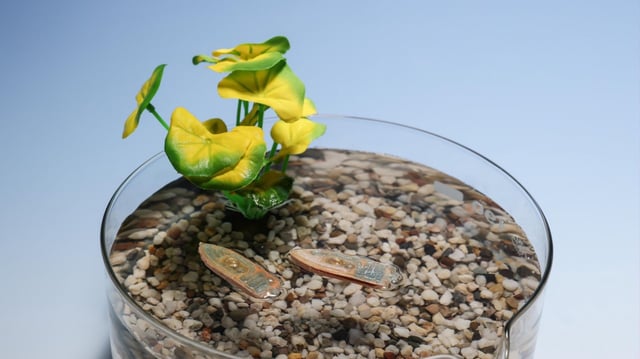Overview
- EPFL researchers have developed 5 cm-long aquatic robots made from fish food and biodegradable materials, offering a zero-waste solution for environmental monitoring.
- The robots are powered by a chemical reaction between citric acid and baking soda, which expels propylene glycol to create Marangoni motion for propulsion.
- Proof-of-concept tests show the robots can travel up to three body lengths per second for several minutes before softening, sinking, and biodegrading or being consumed by fish.
- Future applications include equipping the robots with biodegradable sensors to collect data on water quality, such as pH, temperature, and pollutant levels.
- Researchers are also exploring potential uses in aquaculture, such as distributing medicated feed or nutrients to aquatic animals.

